Search
Remove Ads
Advertisement
Summary 
Loading AI-generated summary based on World History Encyclopedia articles ...
Search Results
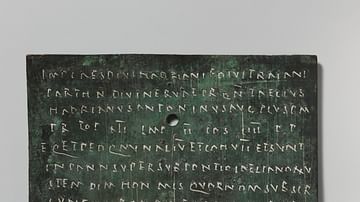
Image
Roman Military Diploma
Bronze military diploma of an infantryman named Dasmenus Azalus, who served in the auxiliary units of the Roman army. Issued c. 149 CE.
Metropolitan Museum of Art, New York.
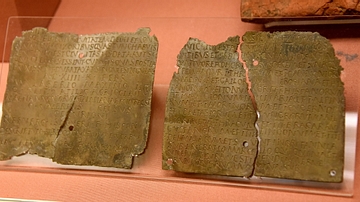
Image
Bronze Roman Military Diploma
This official military discharge comprising 2 inscribed bronze plates was a copy of a master held in Rome. It was issued by the Emperor Trajan to Reburrus, a Spanish junior officer (decurion) in the 1st Pannonian cavalry regoiment. The certificate...

Article
Discovery of X-Rays
The discovery of X-rays – a form of invisible radiation that can pass through objects, including human tissue – revolutionised science and medicine in the late 19th century. Wilhelm Conrad Röntgen (1845-1923), a German scientist, discovered...
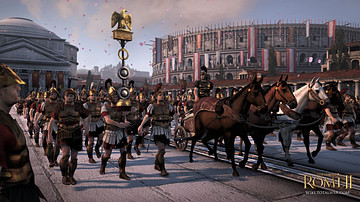
Definition
Roman Army
The Roman army, famed for its discipline, organisation, and innovation in both weapons and tactics, allowed Rome to build and defend a huge empire which for centuries would dominate the Mediterranean world and beyond. Overview The Roman...

Definition
Heinrich Himmler
Heinrich Himmler (1900-1945) was the head of the Nazi SS (Schutzstaffel) organisation. One of the most powerful individuals in Nazi Germany, Himmler built up the SS from a small paramilitary unit to a vast organisation, which included armoured...
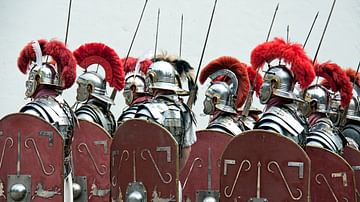
Definition
Roman Legionary
The Roman legionary was a well-trained and disciplined foot soldier, fighting as part of a professional well-organized unit, the legion (Latin: legio), established by the Marian Reforms. While major tactical changes appeared during the final...
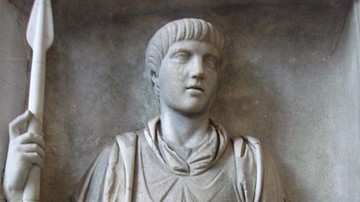
Definition
Praetorian Guard
The Praetorian Guard (cohortes praetoriae) was, in the Roman Republic, a commander's personal bodyguard and then, in the imperial period, an elite force assigned to protect the emperor and Rome. Over the years, the guard would become a dangerous...

Definition
Alfred Rosenberg - The Infamous Nazi Race Theorist
Alfred Rosenberg (1893-1946) was an Estonian-born Nazi who propounded anti-Semitic racial theory and anti-Christian values. Rosenberg's theories matched those of the leader of Nazi Germany Adolf Hitler (1889-1945) and were used to justify...

Definition
Ceide Fields
The Ceide Fields, near Ballycastle, Co. Mayo, on the western coast of Ireland, are recognised as one of the oldest and largest Stone Age farming sites in the world, dating back to c. 3700 BCE. The walls that have been discovered so far, rest...
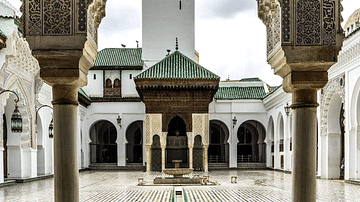
Article
Fatima Al-Fihri and Al-Qarawiyyin University
Fatima Al-Fihri (c. 800-880) was a Muslim woman, scholar and philanthropist who is credited with founding the world’s oldest, continuously running university during the 9th century: the University of Al-Qarawiyyin, located in Fez in Morocco...